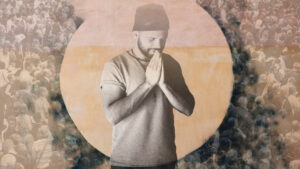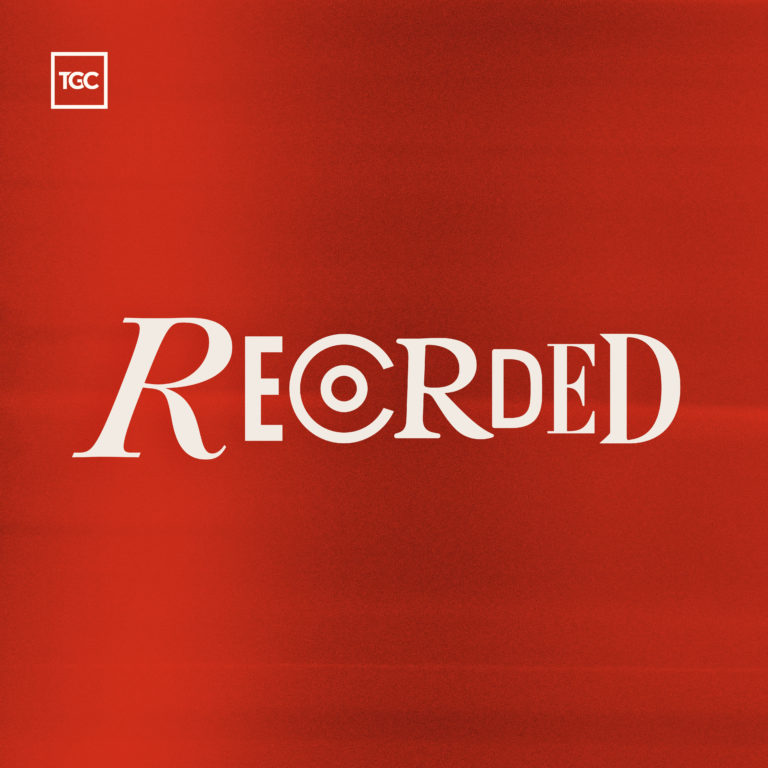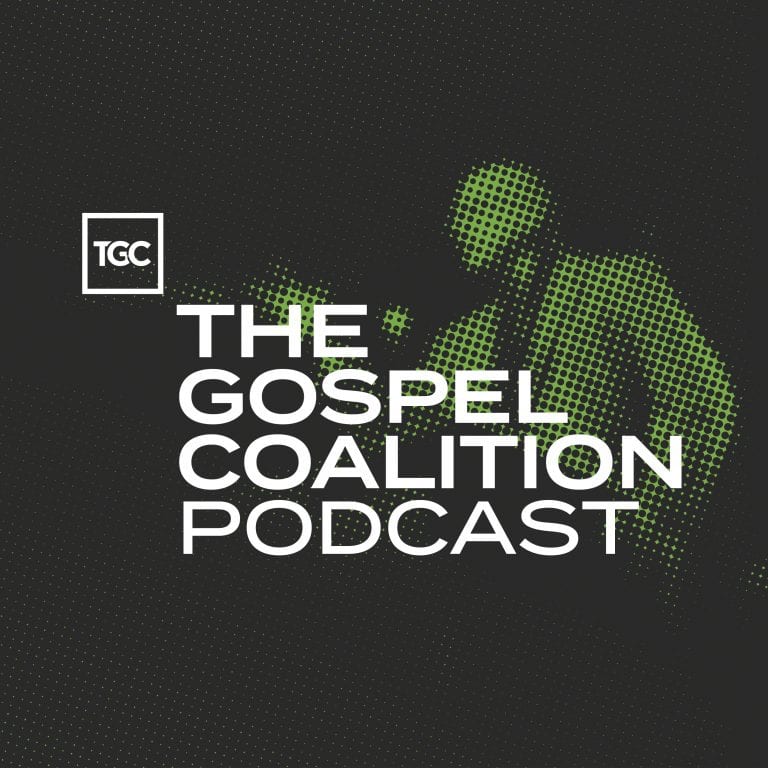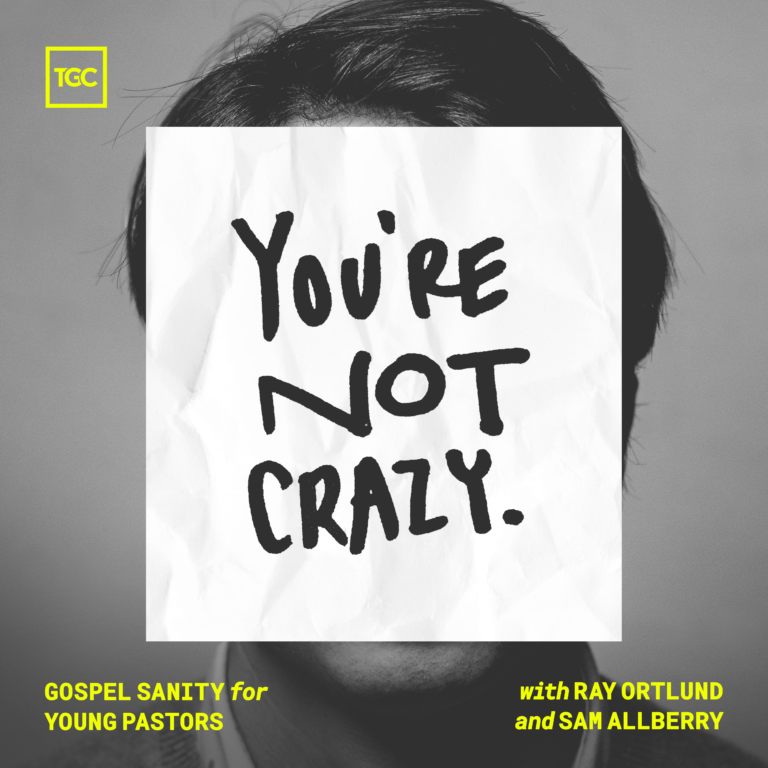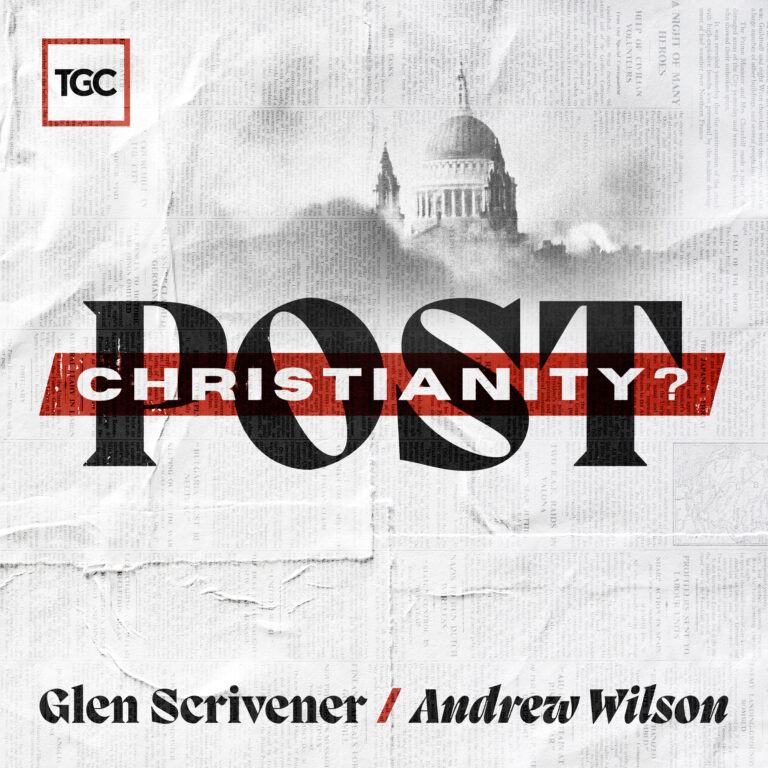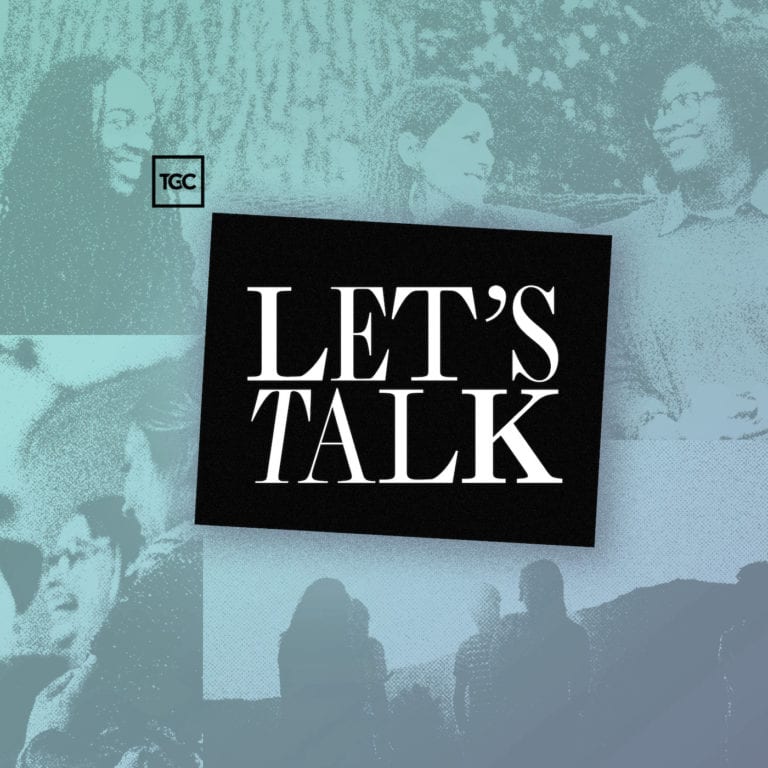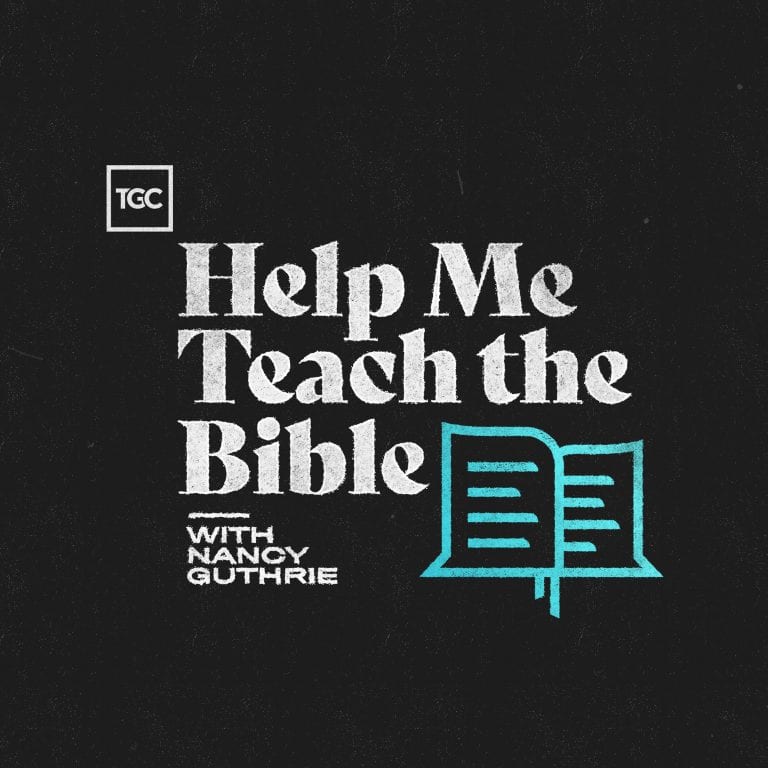As Southern Baptists face yet another Convention embroiled in controversy, a sense of nostalgia has begun to fill the air in New Orleans. With issues of gender and so-called liberal drift looming over a competitive election for president, many pastors and parishioners long for the days when the Southern Baptist Convention (SBC) wasn’t rocked by the turbulent winds of American culture.
In a year when the qualifications for pastoral ministry have been hotly debated, some might be tempted to ask, Have Southern Baptists ever been more divided? In short, yes. One could argue the history of the SBC reveals a litany of greater, more tumultuous divisions, some of which might seem difficult to comprehend today. By contrast, despite its present challenges, the current SBC enjoys a unique moment of unity around certain key matters of the faith. Southern Baptists might have more in common today than we think.
Divided over Race
At the first SBC in Augusta, Georgia, Southern Baptists were certainly united. But it wasn’t over the finer points of doctrine. While collectively supporting the right of missionaries to own slaves, the 293 delegates were something of a theological hodgepodge. William B. Johnson, the inaugural president, rejected the traditional doctrines of imputation and penal substitution like a number of other Baptists from North and South Carolina at that time. In his address to the Convention, he boasted in the “Baptist aversion for all creeds but the Bible,” a view certainly not shared by many of his fellow delegates.
Johnson wasn’t alone in his beliefs. Jesse Hartwell, one of the two founding secretaries, rejected creeds and the penal substitutionary atonement. Those Southern Baptists today who imagine some kind of confessional or creedal consensus in 1845 won’t find one.
Southern Baptists today who imagine some kind of confessional or creedal consensus in 1845 won’t find one.
After the Civil War, the SBC was fractured for years over their relation to African Americans and the nature of the imago Dei. At the Convention in Macon, Georgia, in 1869, Richard Fuller and A. M. Poindexter engaged in such a heated disagreement over the 15th Amendment (granting African Americans the right to vote) that Poindexter began “walking from one side of the platform to the other like a chafed lion.” Fuller left backstage before the debate was over.
Racial prejudice remained in the Southern Baptist ranks for decades. By 1889, Basil Manly Jr. publicly reminded Southern Baptists who refused to fellowship with blacks that the “freedman is a man, neither more or less.” Tragically, there was a time when Southern Baptists couldn’t unanimously agree on the worth of an adult human being.
Divided over Authority
Around the turn of the century, the SBC was debating the one thing it had always taken for granted: baptism. After William Whitsitt published his “discovery” that English Baptists had practiced sprinkling and pouring prior to 1641, the Southern Seminary professor was attacked in print by Landmarkists, those who believed in the exclusive validity and unbroken succession of Baptist churches from the apostolic era. Some even claimed Whitsitt had counseled fellow Baptists to join paedobaptist churches. Whitsitt denied the charge, but the Convention swirled with hearsay. Churches in Texas, Arkansas, and other parts of the West threatened not to “send . . . another dollar” to the Seminary until Whitsitt clarified himself.
The controversy came to a boil when the most influential leader among Texas Baptists, B. H. Carroll, a Landmark trustee, led the charge against Whitsitt at the 1897 Convention in Wilmington, North Carolina. Although the trustees were satisfied by his statement and Whitsitt called the Convention floor “holy ground” after his seeming vindication, the battle had just begun. Thirteen months later, Whitsitt resigned from Southern Seminary.
The entire episode revealed the power base of Landmarkism in the SBC, exposed an alarming East-West divide, and ignited a heated conversation over the decision-making ability of trustees. Contrary to popular belief, churches withholding money from Southern Baptist entities and rumor mills surrounding seminaries are nothing new in the life of the SBC.
Big Eva?
Today, the accusation that a small group of mainstream evangelicals, or “Big Eva,” exercises control over institutions is likewise a worn concept. During the fundamentalist-modernist controversy in the 1920s, SBC leaders resented the fundamentalist fixation with premillennialism: the belief that Jesus Christ will physically return to the earth before his thousand-year reign of peace. Although the SBC was still evangelistic and theologically conservative, this didn’t prevent certain fundamentalists from rebuking the Southern Baptist establishment.
J. Frank Norris, the leading fundamentalist organizer in Texas, called the SBC leadership “the Sanhedrin.” And this kind of name calling wasn’t reserved for boards and trustees. Norris dubbed one leading Texas pastor “the Infallible Baptist Pope,” “the Great All-I-Am,” and “the Holy Father.” Norris’s behavior makes most Twitter feuds today look rather tame, calling another pastor “the Old Baboon.” Eventually, separatists like Norris and John R. Rice broke with the Southern Baptist “machine.” The SBC has weathered its fair share of notable (and noisy) departures through the years.
The SBC has weathered its fair share of notable (and noisy) departures through the years.
As historian Grant Wacker has shown, not even the halcyon days of Billy Graham were immune to conflict, as Graham implored his fellow Southern Baptists from the Convention stage to open their colleges to academically qualified African Americans. As one might expect, this created no small degree of friction. During the so-called Protestant consensus of the 1950s, the SBC, like the rest of the nation, was forced to confront the issue of race and education.
By the 1970s and ’80s, the doctrine of biblical inerrancy provided a lightning rod of controversy, only matched by the volatile issue of abortion. Before the “conservative resurgence,” the Convention passed pro-choice amendments. Reflecting upon the resurgence in 1997, Albert Mohler recollected, “Abortion was the stick of dynamite that exploded the issue.”
More United than Ever
Not so long ago, the Convention was sharply divided on issues that no longer seem to divide Southern Baptists, at least to the extent they did 40 years ago. In fact, the SBC is more united on these substantive issues than it was for most of its history before 1979.
Southern Baptists have long been a people in seemingly perpetual motion—delivering, defending, debating, and often disagreeing over the truth of God’s Word. But disagreement hasn’t necessarily spelled disunity for the nation’s largest Protestant denomination. Despite the challenges they currently face, Southern Baptists have come a long way since 1845, now affirming the Baptist Faith and Message and finding general agreement on the substitutionary death of Christ, the inspiration and authority of the Scriptures, the baptism of believers by immersion, the catholicity (or universality) of the church, and the value of God’s image-bearers born and unborn.
“The Most Practical and Engaging Book on Christian Living Apart from the Bible”
 “If you’re going to read just one book on Christian living and how the gospel can be applied in your life, let this be your book.”—Elisa dos Santos, Amazon reviewer.
“If you’re going to read just one book on Christian living and how the gospel can be applied in your life, let this be your book.”—Elisa dos Santos, Amazon reviewer.
In this book, seasoned church planter Jeff Vanderstelt argues that you need to become “gospel fluent”—to think about your life through the truth of the gospel and rehearse it to yourself and others.
We’re delighted to offer the Gospel Fluency: Speaking the Truths of Jesus into the Everyday Stuff of Life ebook (Crossway) to you for FREE today. Click this link to get instant access to a resource that will help you apply the gospel more confidently to every area of your life.














